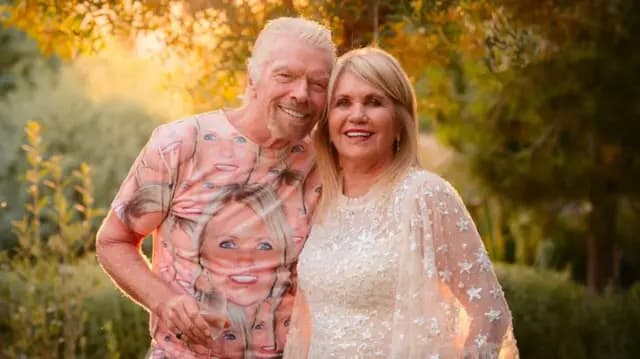


.webp&w=640&q=75)






.webp&w=256&q=75)
















NEWS EXPRESS is Nigeria’s leading online newspaper. Published by Africa’s international award-winning journalist, Mr. Isaac Umunna, NEWS EXPRESS is Nigeria’s first truly professional online daily newspaper. It is published from Lagos, Nigeria’s economic and media hub, and has a provision for occasional special print editions. Thanks to our vast network of sources and dedicated team of professional journalists and contributors spread across Nigeria and overseas, NEWS EXPRESS has become synonymous with newsbreaks and exclusive stories from around the world.

Samples of skin-lightning products
The cosmetic use of skin bleaching products has become increasingly prevalent among young children in Nigeria, with maternal use emerging as a key associated factor.
In a new survey, researchers said most (80 percent) of the respondents’ children exposed to skin bleaching products were less than two years old.
The semi-urban community survey published in the journal BMJ open included 369 mothers with at least one child under five attending community immunisation and infant welfare clinics in three government-owned primary healthcare centres in Ile-Ife, Osun State.
Between them, they had 792 children, ranging in age from one to 59 months.
The questions aimed to find out how many of them used skin-lightening creams, soaps, or lotions on their young children and to explore their knowledge, attitudes, and perceptions of the pros and cons of these products.
They found around one in five (19.5 percent) of the mothers said they used skin-lightening creams on their children. Of these, 90 percent (65) applied the products routinely; the rest used them intermittently.
Infants and young children were the primary recipients. Over three quarters (81percent) of those exposed to these products were under 2 years old, with just over half (51.5 percent) six months or younger. Children under two were twice as likely to be the recipients of skin-lightening attempts as older children.
The most frequently used agents were hydroquinone-based creams (60 percent), followed by powerful topical steroid creams (29 percent).
Reasons cited for its use were to improve the child’s complexion (61 percent) and to preserve or maintain what was described as the child’s natural skin colour (79 percent).
Three quarters (76.5 percent) of the mothers who used skin-lightening products on their children self-identified as light-skinned, and a similar proportion (75 percent) expressed a preference for lighter complexions.
Mothers who had used skin-lightening creams on themselves were 15 times more likely to use them on their own children than those who didn’t report personal use, while perceiving light skin as more attractive or socially advantageous nearly doubled the odds of early childhood exposure.
This is an observational study and, as such, can’t establish cause.
But they point out, “Beyond physical health implications, these practices also transmit colourist ideals, positioning lighter skin as a marker of beauty, self-worth, and social acceptance.”
They conclude: “The dual risk of toxic exposure and early internalisation of colourist ideals from childhood skin-lightening carries profound public health implications. While risk awareness may contribute to reducing the practice, cognitive dissonance may undermine its impact.
“Addressing this requires policy measures that go beyond individual risk education to challenge cultural narratives and normative pressures, alongside stronger regulatory oversight to ensure accurate labelling and restrict hazardous formulations.
“Culturally sensitive strategies, such as integrating skin health education into maternal child health services, leveraging immunisation visits, and engaging trusted community leaders, may offer effective avenues for change.” (Nigerian Tribune)